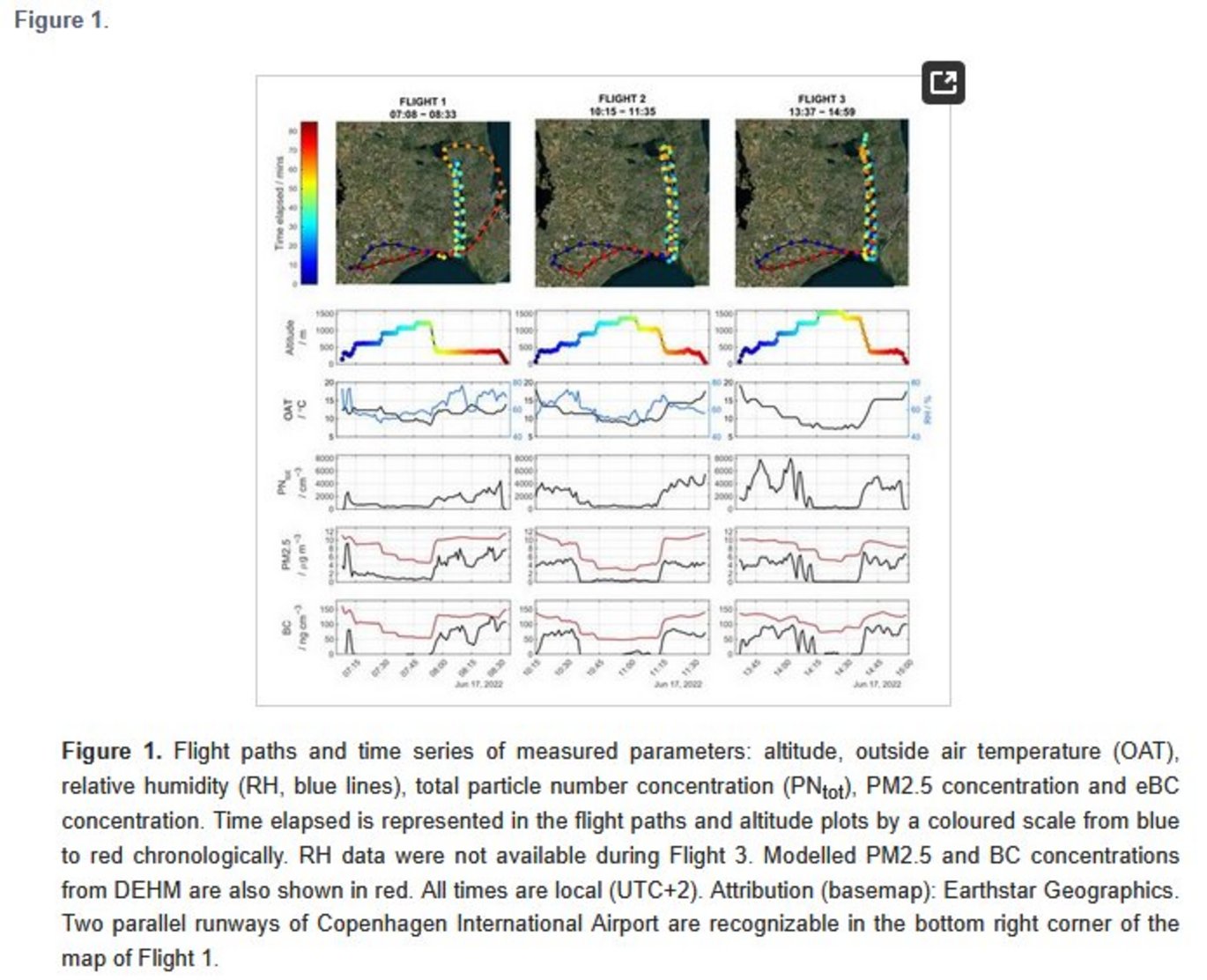Application of Ultralight Aircraft for Aerosol Measurement Within and Above the Planetary Boundary Layer Above the City of Copenhagen
New publication by Daniel Charles Thomas, Ulrich Bay Gosewinkel, Michael Dines Christiansen, Lise Marie Frohn, Zhuyun Ye, Andreas Massling, Henrik Skov

Abstract:
An ultralight aircraft was equipped with atmospheric monitoring instruments and flown above Copenhagen on the 17 June 2022 to measure a range of aerosol parameters and meteorology. Three flights were carried out from sunrise to early afternoon with the aim to capture the boundary layer structure and evolution due to surface warming, emissions from the city, and atmospheric mixing. The data show clear evidence of the boundary layer which expanded from 400–600 m in height at around 07:30 to 1200–1400 m by around 14:30. Additionally, a residual boundary layer was observed in the early morning, and an entrainment of pollution at the top of the boundary layer in the early afternoon. The observed atmospheric features were consistent between monitoring instruments and meteorological sensors, supporting the reliability of the data and aircraft setup. These results demonstrate the merits and limitations of the use of small aircraft for scientific research and monitoring of aerosols in the vertical dimension, especially in densely populated areas and high-traffic airspaces.
